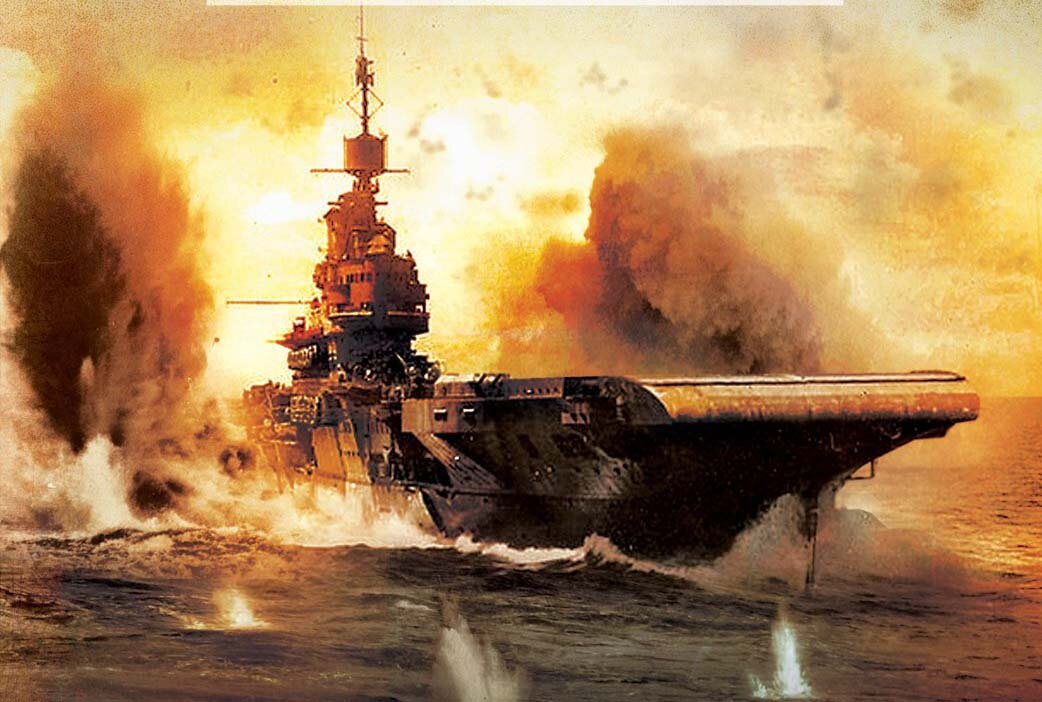And just to add, I remember reading about the guys that restore aircraft and one of them was talking about the Corsair, apparently the wing spar on it is the most expensive time consuming and exact part of the whole aircraft.
F4U corsair wing spar drawings
l am looking for drawings for the wing spar for the corsair. Is there any to be had? thankswww.arcforums.com
However, it was like all parts on the Corsair designed for mass production (lots of spot welding) and it gives the Corsair its astonishing strength and the perfect airframe to wing transition reducing drag.
However, its not really a valid comparison to compare the F4U Corsair with aircraft like the Spitfire, Hurricane and Bf 109.
They were relatively simple interwar propellor fighter designs, the F4U was at the pinnacle of piston engined fighter design and a much more complex and high performance beast.
In its final AU-1 form, the Corsair was hefting a bomb load of up to 8,200lbs - that's a bomb load significantly more than the gross maximum take off weight off a Spitfire or Bf 109.

